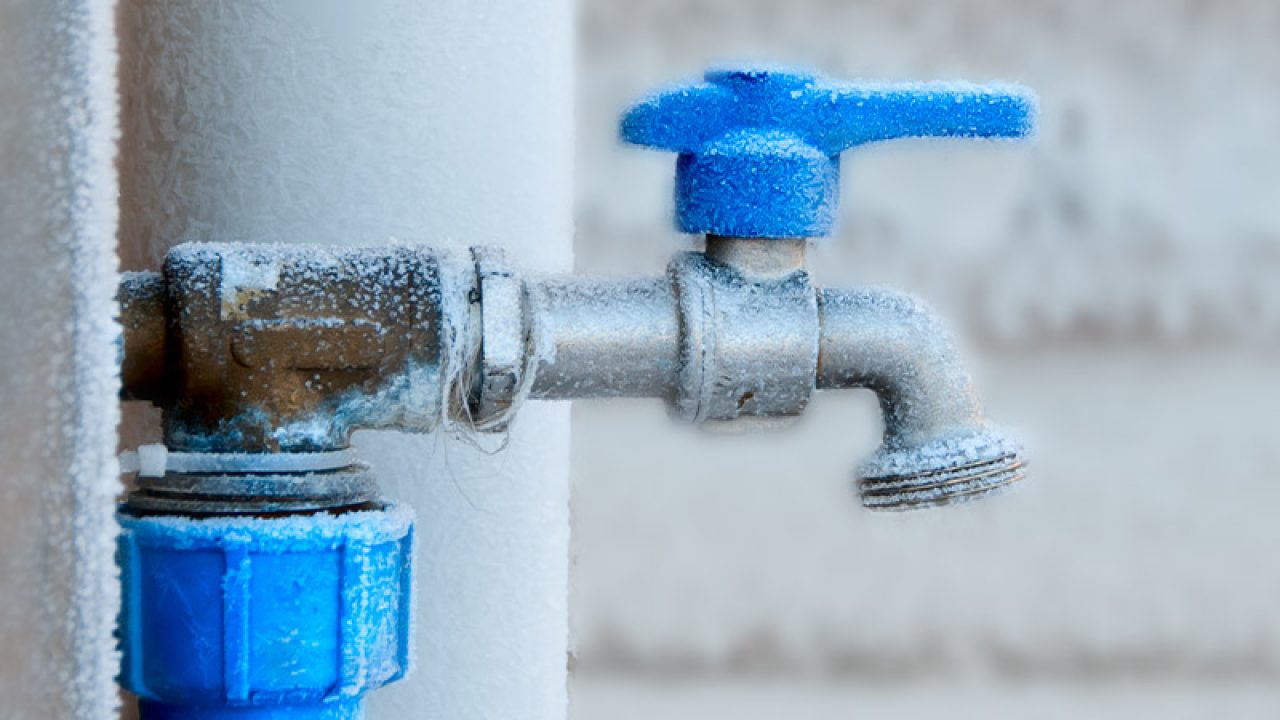In this article in the next paragraphs you can locate more incredibly good content related to Winter Plumbing Precautions: Preventing Frozen Pipes.

Cold weather can wreak havoc on your plumbing, especially by freezing pipelines. Below's exactly how to stop it from taking place and what to do if it does.
Introduction
As temperatures drop, the threat of icy pipelines rises, possibly leading to costly repair services and water damages. Recognizing exactly how to avoid icy pipelines is critical for homeowners in cold environments.
Understanding Icy Pipelines
What causes pipes to ice up?
Pipes freeze when subjected to temperature levels below 32 ° F (0 ° C) for prolonged periods. As water inside the pipes freezes, it broadens, putting pressure on the pipe wall surfaces and possibly creating them to break.
Dangers and damages
Icy pipes can lead to water supply disruptions, residential or commercial property damage, and pricey repairs. Ruptured pipelines can flooding homes and create considerable structural damage.
Indicators of Frozen Piping
Determining frozen pipelines early can prevent them from bursting.
How to identify icy pipelines
Look for decreased water flow from taps, uncommon smells or noises from pipes, and visible frost on subjected pipes.
Prevention Tips
Insulating susceptible pipes
Wrap pipes in insulation sleeves or make use of warmth tape to shield them from freezing temperature levels. Concentrate on pipelines in unheated or exterior locations of the home.
Home heating strategies
Maintain interior areas sufficiently heated up, specifically areas with pipes. Open closet doors to enable cozy air to distribute around pipes under sinks.
Protecting Exterior Pipes
Garden hoses and exterior faucets
Detach and drain yard hose pipes prior to wintertime. Install frost-proof faucets or cover outside taps with protected caps.
What to Do If Your Pipelines Freeze
Immediate activities to take
If you suspect icy pipes, maintain taps available to alleviate stress as the ice thaws. Utilize a hairdryer or towels taken in hot water to thaw pipes gradually.
Long-Term Solutions
Architectural modifications
Take into consideration rerouting pipes away from exterior wall surfaces or unheated locations. Add extra insulation to attics, cellars, and crawl spaces.
Updating insulation
Invest in premium insulation for pipelines, attic rooms, and wall surfaces. Correct insulation aids maintain consistent temperatures and decreases the danger of frozen pipes.
Final thought
Stopping icy pipes needs positive steps and quick responses. By understanding the causes, indicators, and safety nets, house owners can secure their plumbing during winter.
5 Ways to Prevent Frozen Pipes
Drain Outdoor Faucets and Disconnect Hoses
First, close the shut-off valve that controls the flow of water in the pipe to your outdoor faucet. Then, head outside to disconnect and drain your hose and open the outdoor faucet to allow the water to completely drain out of the line. Turn off the faucet when done. Finally, head back to the shut-off valve and drain the remaining water inside the pipe into a bucket or container. Additionally, if you have a home irrigation system, you should consider hiring an expert to clear the system of water each year.
Insulate Pipes
One of the best and most cost-effective methods for preventing frozen water pipes is to wrap your pipes with insulation. This is especially important for areas in your home that aren’t exposed to heat, such as an attic. We suggest using foam sleeves, which can typically be found at your local hardware store.
Keep Heat Running at 65
Your pipes are located inside your walls, and the temperature there is much colder than the rest of the house. To prevent your pipes from freezing, The Insurance Information Institute suggests that you keep your home heated to at least 65 degrees, even when traveling. You may want to invest in smart devices that can keep an eye on the temperature in your home while you’re away.
Leave Water Dripping
Moving water — even a small trickle — can prevent ice from forming inside your pipes. When freezing temps are imminent, start a drip of water from all faucets that serve exposed pipes. Leaving a few faucets running will also help relieve pressure inside the pipes and help prevent a rupture if the water inside freezes.
Open Cupboard Doors
Warm your kitchen and bathroom pipes by opening cupboards and vanities. You should also leave your interior doors ajar to help warm air circulate evenly throughout your home.

I stumbled upon that article about Preventing and dealing with frozen pipes when doing a lookup on the internet. Sharing is nice. Helping people is fun. Thank you for your time. Come back soon.
Click Here